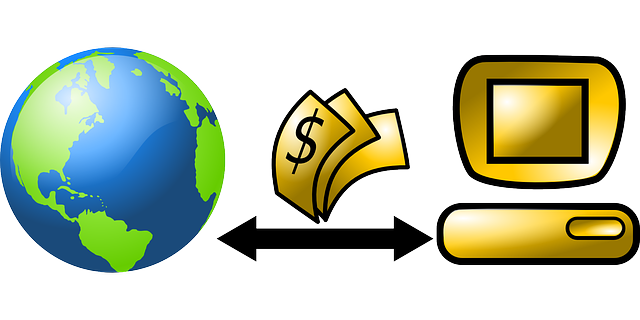Accepting Online Payments Like a Pro
New online shops are popping up by the day to meet the demands of an increasingly digitalized public. But whenever customers move online, fraudsters and hackers are bound to follow, especially if you live in a hot spot for e-commerce fraud. If you are planning on selling products or services through a web store, it’s a good idea to review what preventative measures you can put in place to protect your customers, and your business.
Trust is the Best Foundation
If you are looking for ways to grow your online business into a trusted brand, then there are some easy ways to start. First, look at your website. Make sure you’ve invested in an SSL certificate that will encrypt sensitive information travelling through your portal. Websites with this kind of security encryption feature a padlock in the browser bar, plus the HTTPS in the URL: Both recognizable signs of security for customers.
Second, it really is worth the extra money to get hosted by a reputable web host. The last thing you need is for your website to become unresponsive when faced with too much traffic. Slow loading times, especially during financial transactions, act as road blocks for customers looking for a smooth shopping experience. It’s best not to give them a chance to have second thoughts about security; i.e. what is happening during those unaccounted for seconds when they’re faced with a blank screen. So, don’t compromise on quality when choosing a web host – read reviews or join a tech forum to get some honest opinions.

Explore Alternative Payment Options
With every new innovation in security, you can be sure there is a clever hacker out there who will find a way around it. As always, the credit card remains the favorite source of stolen income for fraudsters working online. Often, having your own SSL certificate is not enough to ensure your customer’s information is safe.
Using a trusted third party payment service, such as PayPal, is a good option to offer alongside direct payments. It might seem like an obvious target for hackers, but massive companies also have an infinitely larger budget to spend on security.
On the other hand, rather than putting up endless firewalls and hurdles for e-commerce fraudsters to hopefully stumble over, some companies are finding ways to get back to basics, that is, to cash. The service paysafecard doesn’t require any credit card numbers. Customers can purchase one from a retailer in real life, then use that card to make safe purchases online.
Whatever route you go down, give your customers the option to choose the payment method they are most comfortable with. In addition, make yourself or an employee available for troubleshooting. So, if something goes wrong, you can still recover face and confidence through a phone line. That’s to say, good old fashioned customer service.





